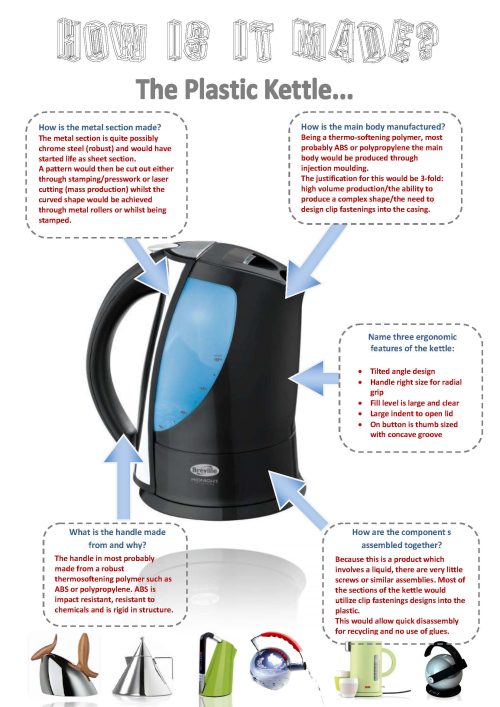Soft Skills
Weekly Assignment
This part is designed to help you build other skills, which are necessary for succeeding at university. These skills are numerous – you need to have critical thinking to be able to analyze information, you need self-reflection to be able to understand how well you are doing in the course, and you need creativity to be able to perform well on assignments. Here you will find guidelines and tasks that will help you advance your soft skills. Notice that this section is a part of your regular work and it must be completed.
Self-Reflective Journal
This week you talked about careers of the future. In order to explore the topic of technology further, take time to reflect on your own opinion about it. Make an entry in your journal answering the following questions:
- What do you want to do in the future?
- If you could do anything, what would you do?
- What do you think is important to consider when you choose a future career?
A self-reflective journal is a part of your coursework and is valued at 10% of your final grade. Regular journal entries are important for your critical thinking and your academic success. If you have trouble accessing your journal, watch this short video.
Project Work
Project IV is designed to help you do research on a product as well as design a marketing strategy and present your solution. Since Module IV of the EPS program is dedicated to careers, you will try yourselves out as a team of entrepreneurs, who need to develop their product. In the previous Project, your teams developed their products, which would solve some world problems. In this module, you will act as a marketing team and develop a strategy that will help to successfully promote your product.
Act I: Product Analysis
To be able to design a good advertisement, you first need to analyze your product and find its strengths and weaknesses. Write a paragraph describing the main purpose and characteristics of your product. Try to be as detailed as possible. Think about your product’s material, size, cost, weight, and other properties. Attach a 3D model or a photo of the prototype. Also, attach the infographic you made in the previous step.
After you have done that, discuss with your team the pros and cons of your product. Discuss its price, size, materials, and as many other characteristics as possible. It will help you find the aspects that you will advertise and also the aspects that you will need to improve before you advertise. If you are struggling with this step, discuss step-by-step how to use your product. Some of the insights will come out!
Write those insights down and think about how your product can be improved based on those insights. Do you need to make it smaller? Do you need to use different materials or add new parts to your product, so it is easier or better to use? All this information is going to be necessary at the final step of your ad design, so brainstorm as many ideas as possible.
Consider the example of a kettle in the picture below (click to enlarge). The student writes about the material of the kettle, its features, and its parts. Placing the product in the middle and describing its characteristics is the core of product analysis. To help you perform this task more effectively, download the research product analysis worksheet here.
Extra!
This part provides extra resources to deepen your understanding of the topic learned during the week. It contains references to pop culture, contemporary events, and global affairs.
This week you have explored career insights from the present and future labor markets. The main question that people are anxious about when talking about future jobs is whether robots and AI, which are so popular today, will become so reliable that they will replace humans at workplaces. At the end of the day, this would be very profitable for employers because robots don’t need salaries and days off! Deutsche Welle explores this complicated question in a two-series documentary, which is a must-see for everyone who cares about the future of the labor market.

